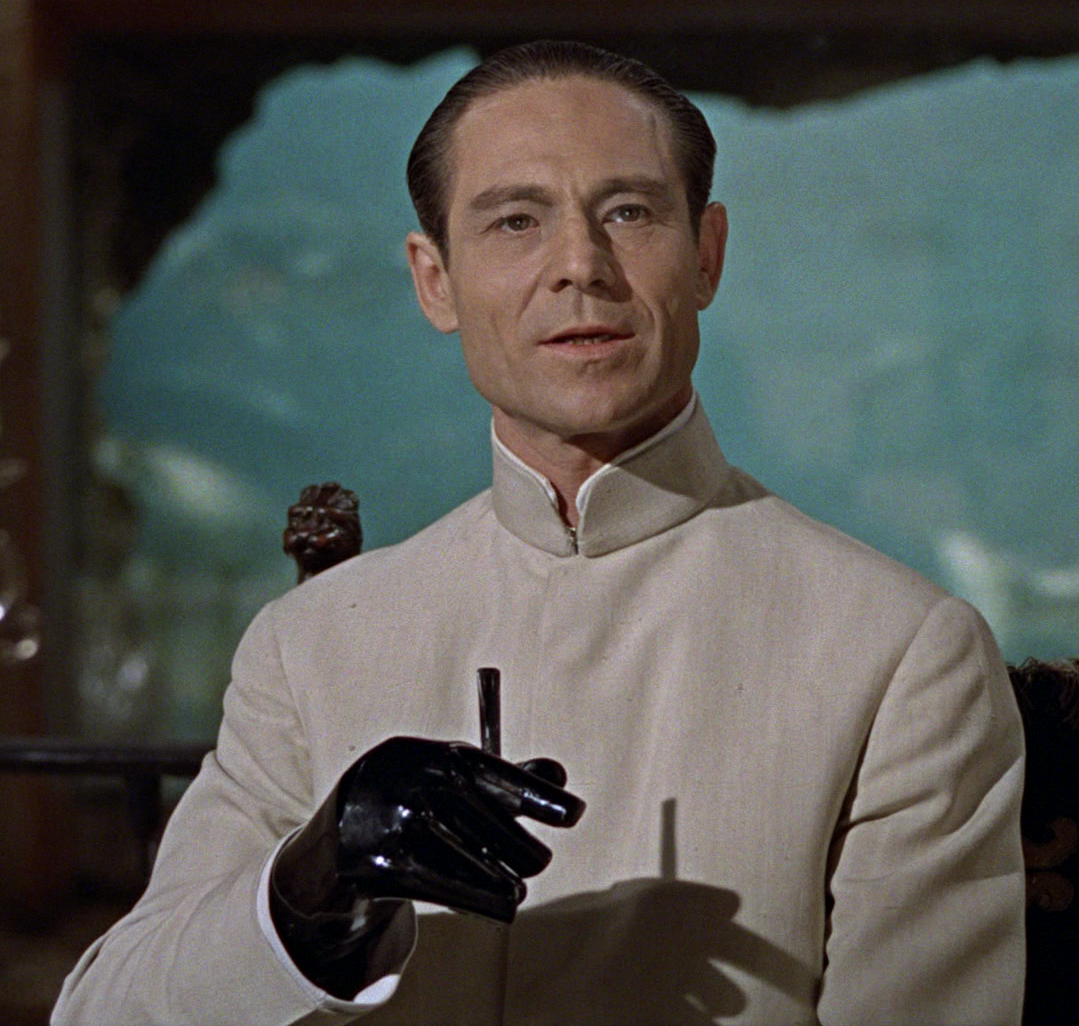 On March 1st, Timeless Media will release a DVD set containing all 45 episodes of The Bold Ones: The New Doctors. Debuting in 1969, The New Doctors ran for four seasons on NBC as part of the rotating umbrella TV series The Bold Ones. Last year, Timeless Media released the other three Bold Ones shows: The Senator starring Hal Halbrook; The Protectors with Leslie Nielsen and Hari Rhodes; and The Lawyers headlined by Burl Ives.
On March 1st, Timeless Media will release a DVD set containing all 45 episodes of The Bold Ones: The New Doctors. Debuting in 1969, The New Doctors ran for four seasons on NBC as part of the rotating umbrella TV series The Bold Ones. Last year, Timeless Media released the other three Bold Ones shows: The Senator starring Hal Halbrook; The Protectors with Leslie Nielsen and Hari Rhodes; and The Lawyers headlined by Burl Ives.These earlier series featured headline-grabbing stories, strong performances, and well-written teleplays. And yet, none of them can match the consistent high quality of The New Doctors. Ironically, it was the one Bold Ones installment I didn't watch regularly when it was originally broadcast. However, after previewing the DVD set, I can state definitively that Timeless Media has saved the best for last.
 |
| E.G. Marshall as Dr. David Craig. |
 |
| John Saxon as Dr. Ted Stuart. |
The New Doctors also excels at tackling ethical dilemmas. In one of the best first season episodes, "Man Without a Heart," an attorney (Howard Duff) has a heart attack while cross-examining Stuart during a malpractice trial. When the attorney, now a patient, wants to transfer to the Craig Institute for care, Dr. Craig must decide if the risks outweigh the code of his profession. In another episode, Craig convenes an ethics committee to provide advice on how to handle a sensitive issue. This inside look at the politics and ethical challenges of a major hospital make for compelling viewing.
 |
| David Hartman as Dr. Paul Hunter. |
John Saxon left The New Doctors prior to its fourth and final season. Robert Walden, who would later earn three Emmy nominations for Lou Grant, replaced Saxon as the chief of surgery at the Craig Institute for the show's final 15 episodes. Meanwhile, one of Saxon's first post-Bold Ones roles was as a karate champion in the Bruce Lee martial arts classic Enter the Dragon (1973).
 |
| Richard Dreyfus as a season 2 guest star. |
The New Doctors was the only Bold Ones series to last for the umbrella show's entire run. During its first year, The New Doctors rotated with The Lawyers and The Protectors. In season 2, The Protectors was replaced by The Senator. The third season reduced the format to just The New Doctors and The Lawyers and, by the fourth year, only The New Doctors remained. The series was co-created by television legend, Steven Bochco, the creative genius who would later develop Hillstreet Blues, L.A. Law, and NYPD Blue.
The discs include a disclaimer stating the episodes were "mastered from the best available video sources." Overall, the image quality is good, although the color has understandably faded over the last four decades. The only bonus is a good one: the second part of a cross-over episode of Ironside. Of special note, Raymond Burr was an executive producer for The Bold Ones: The New Doctors.
You can view our unofficial trailer for The Bold Ones: The New Doctors DVD set on the sidebar. If using a mobile device, you can click here.
Timeless Media provided a review copy of this DVD set.
























